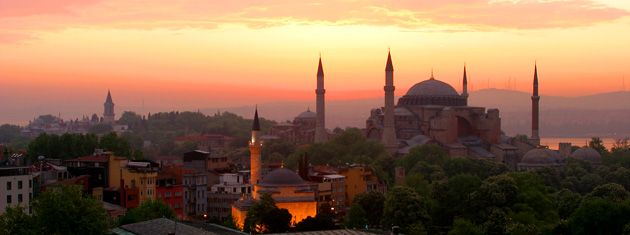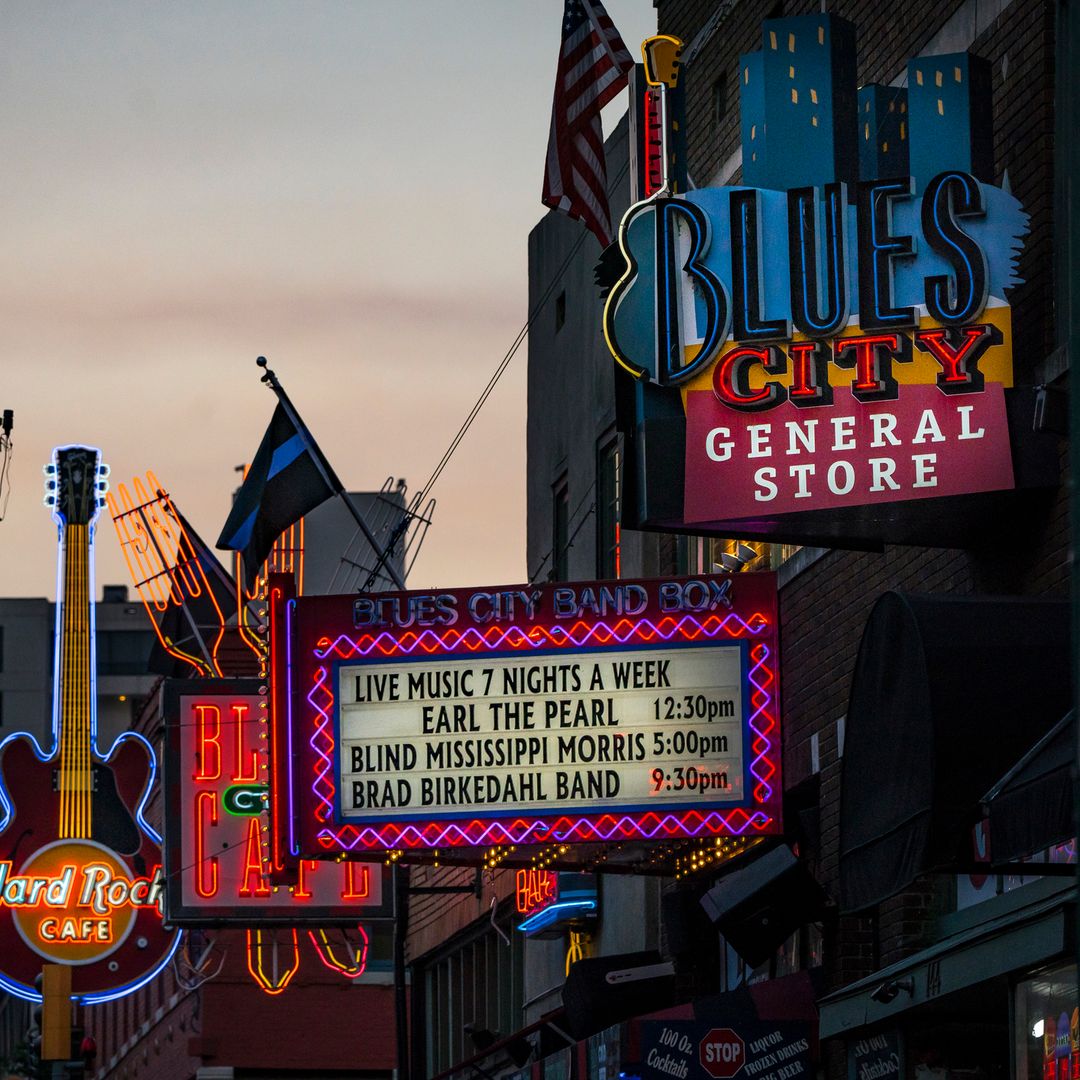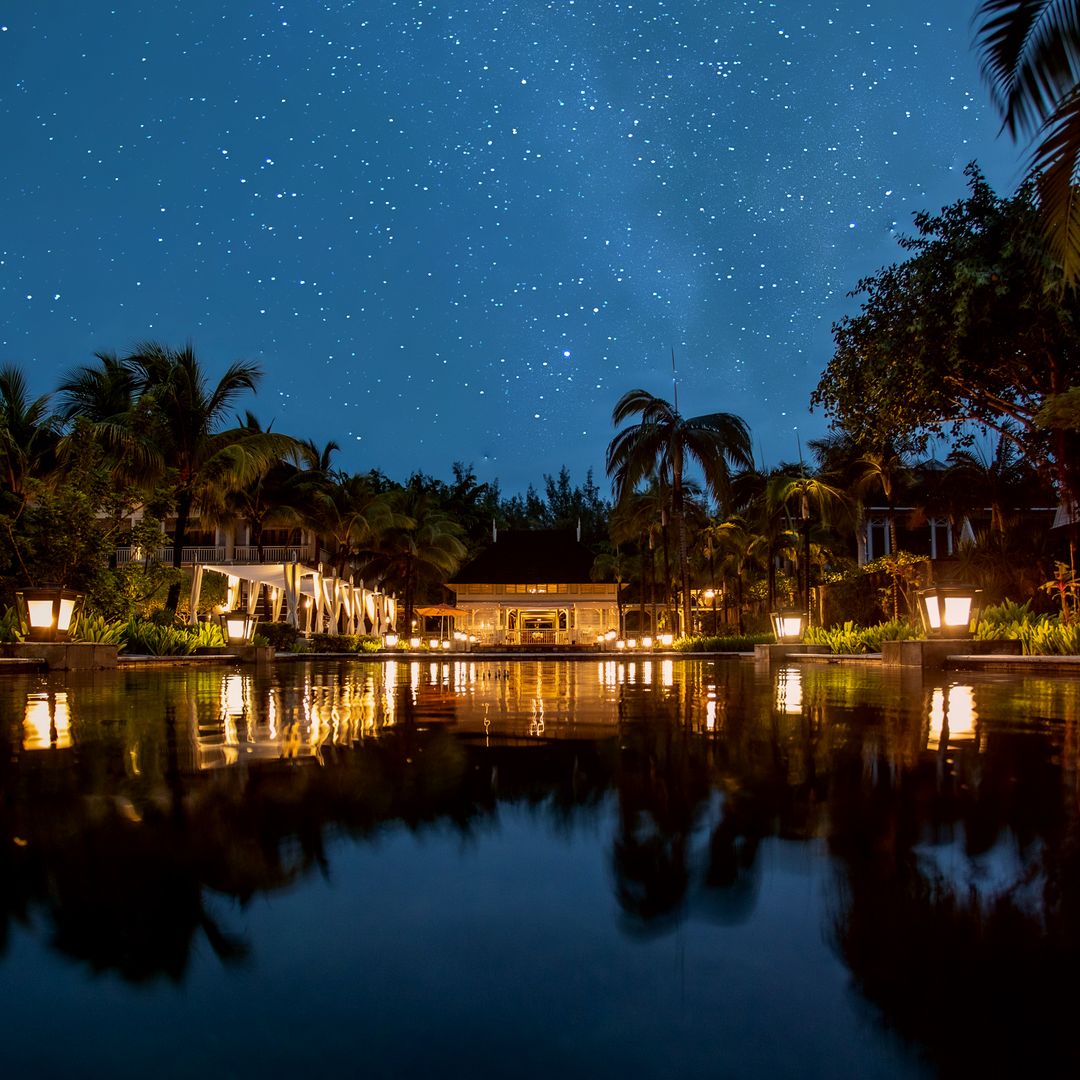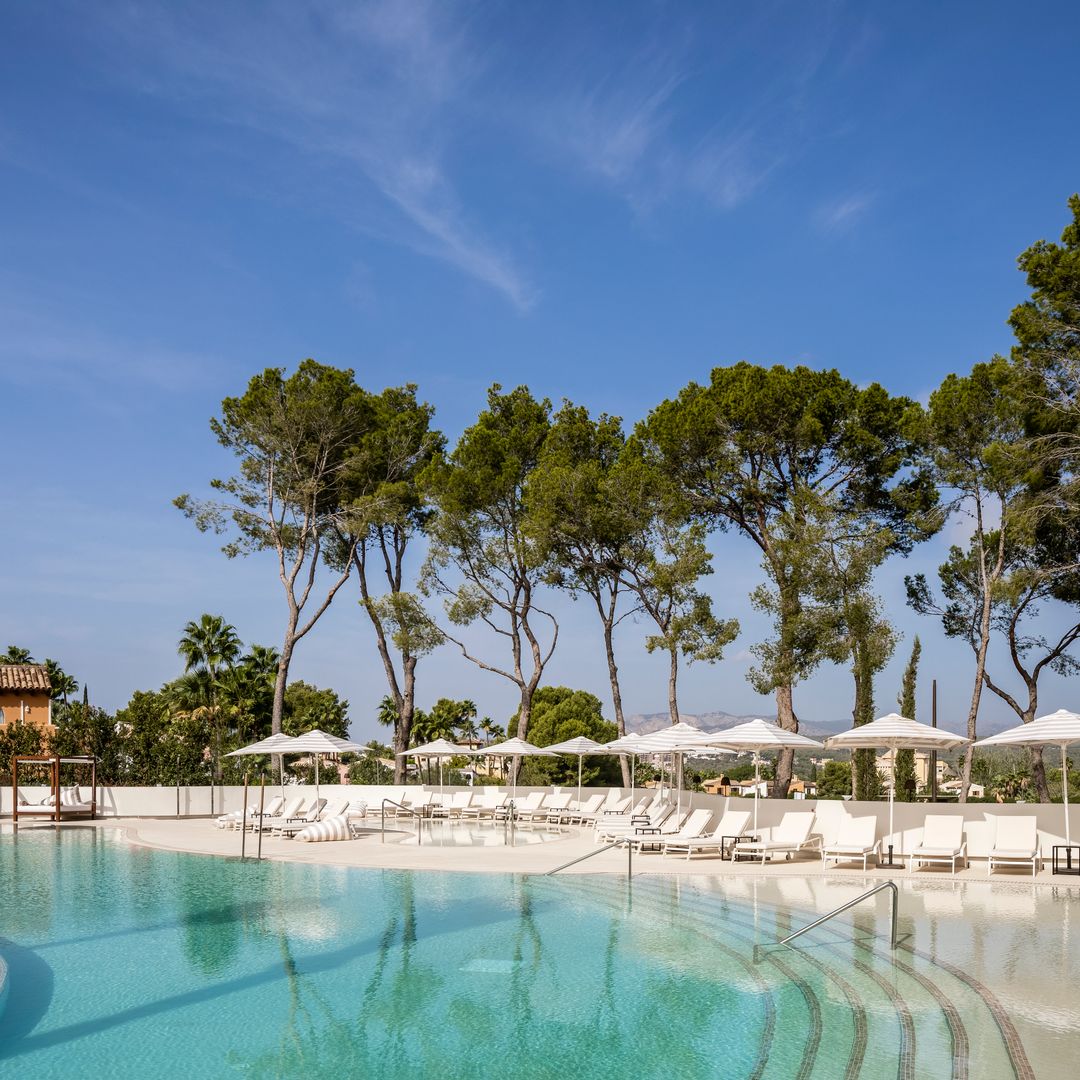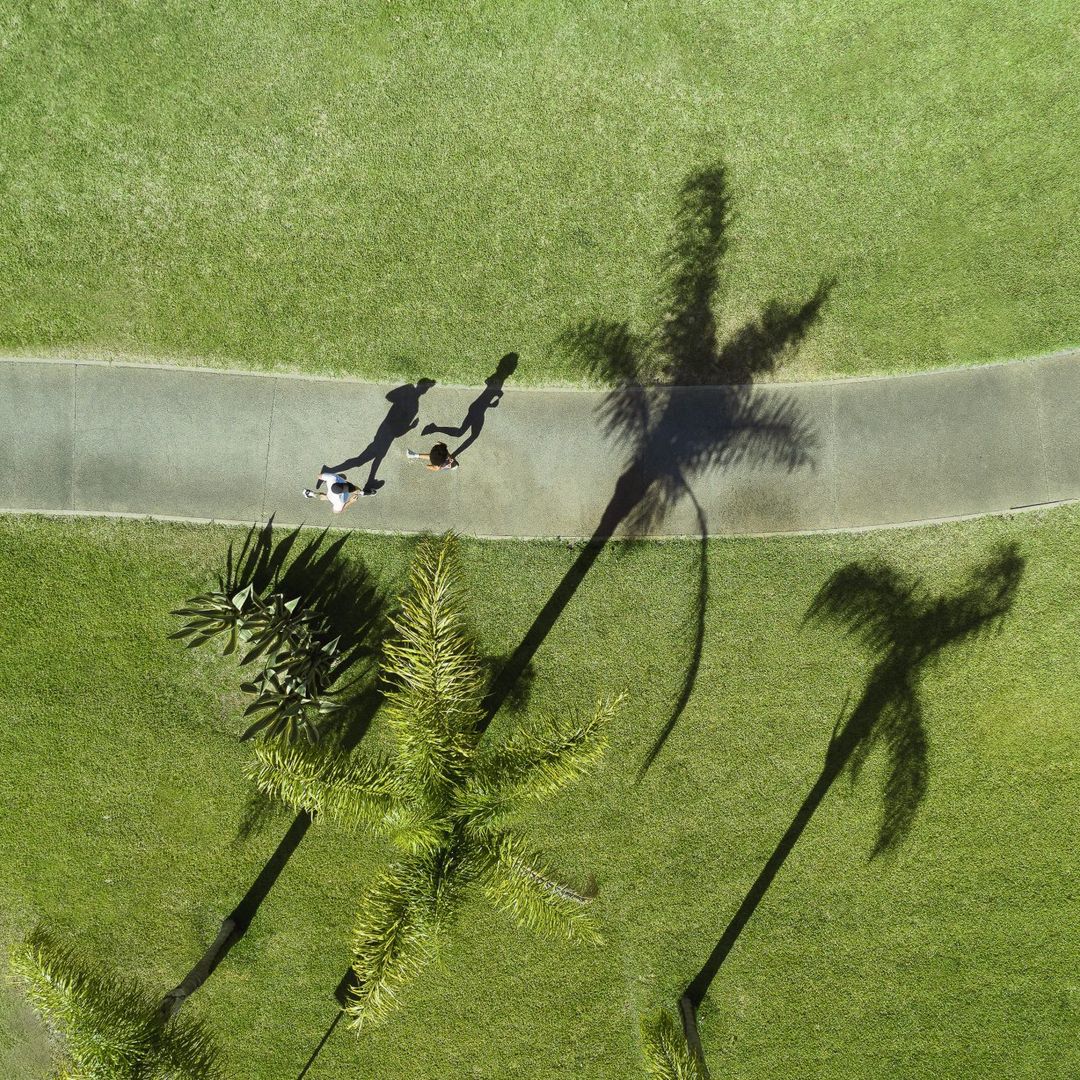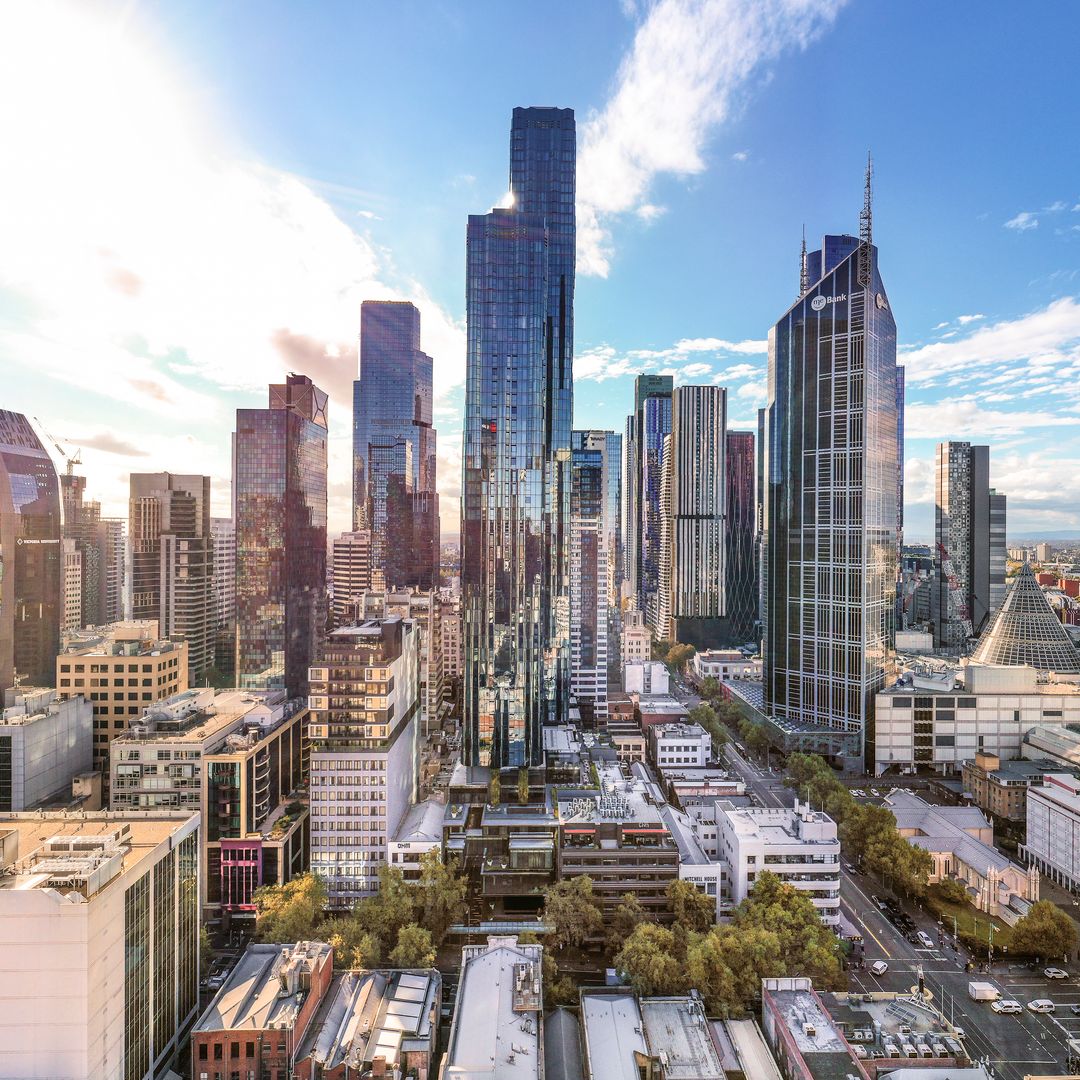This major restoration project began back in 1993, a few years after the Hagia Sophia was declared a UNESCO World Heritage Site together with the rest of the historic centre of Istanbul. It wasn't until last year, when the city was designated European Cultural Capital 2010, that the works were hurried along and finally finished, after nearly 20 years.
It was Ataturk, founder of the modern Republic of Turkey and the country's first president, who decided that this beautiful monument should be neither mosque nor church, but a museum open to the general public. The main focus of the restoration work was to restore the splendour of the building's immense sixth-century dome, an architectural wonder measuring 31.5 metres in diameter whose innovative design is largely responsible for the mystical quality of light for which the Hagia Sophia is famous. To clean and restore the golden mosaics that cover the dome, the craftsmen had to work on scaffolding at heights of up to 55 metres.
Besides the new dome, the basilica also debuts the opening of the baptistery atrium which was previously closed to tourists. Soon it will be possible to visit the baptistery itself, which houses a sixth-century baptismal font carved from a single block of marble. The baptistery, which is outside the Byzantine church, was used as a mausoleum for Ottoman sultans because Sultan Mustafa I and Sultan Ibrahim were not considered worthy of a separate mausoleum as they had been ousted from the throne.
Inside the monument, a total of 600 square metres of mosaics have been restored, together with Islamic calligraphy that decorates the walls and medallions; in addition, the mosaic of the face of one of the winged seraphim of the four main dome supports has also been uncovered. Outside, the facades have been cleaned and the roofs of the domes have been reinforced with 50 tons of lead.
It has only been a partial restoration project, however, and there are still visible stains and chipping in some areas of the Hagia Sophia due to the humidity of Istanbul, the city on the Bosphorus. Realistically, a complete restoration is probably impossible, and reconstruction has been an ongoing task since the original church was erected in the year 360.
The current building dates from the reign of the Emperor Justinian, who decided to build a third church which would be both more splendid and more robust than its two predecessors. To this end, he had the finest of materials brought from the far reaches of the Byzantine Empire: green marble from Thessaly, porphyry from Egypt, black rock from the Bosphorus and even the columns of the Temple of Artemis at Ephesus, considered one of the seven wonders of the ancient world.
The current Hagia Sophia was inaugurated at Christmastide in 537. Since then it has stood its ground despite earthquakes, fires and ravages during the Crusades, all of which badly damaged the building structure. In 1453 it was converted into Mosque and in the nineteenth century Sultan Abdulmecit ordered important restoration work.

